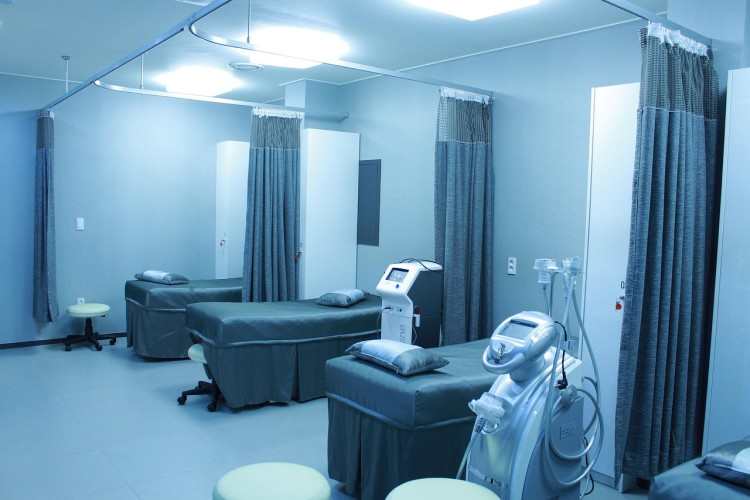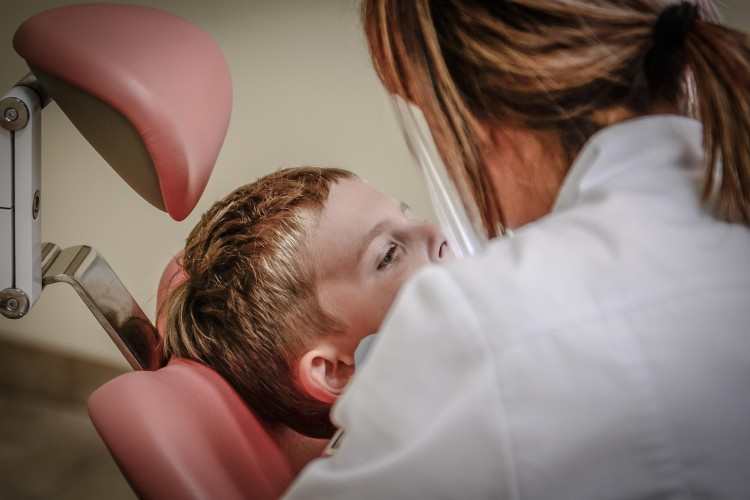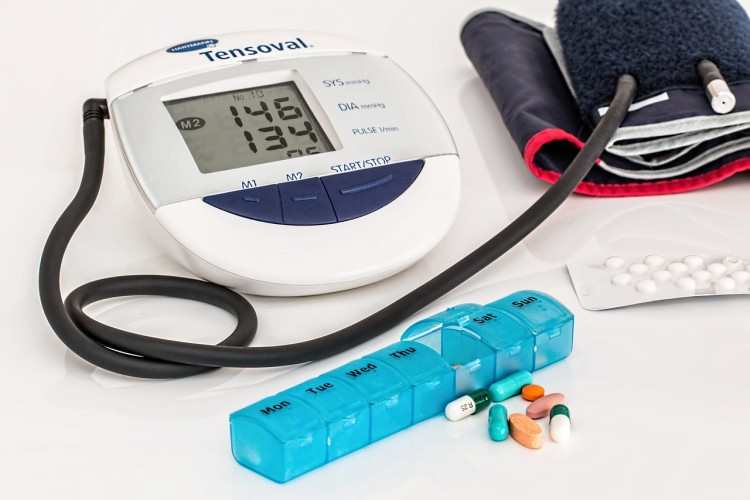
You've probably been bombarded with discussions of colds and flu lately too and even experienced rounds of it yourself. Visiting hospitals, pediatric departments and emergency department with wait times stretching into hundreds, families hesitate to subject their children to long waits but also afraid to leave a bigger problem.
When a cold strikes, how to protect your family's health?
When I was a child I used to catch colds all the time and I would have a fever three or four times a year.
Grandma said: ‘People eat all sorts of things, everyone gets sick sometimes; children will grow up if they have a fever.’
You must have the same question I have: Is it normal to catch a cold several times a year? Is it a sign of low immunity?
The Lancet has also published statistics on the incidence of colds. With adults suffering from 2-5 colds per year on average; and school-age children suffering from 7-10 colds per year.
In addition, the three or four colds you get each year may be different.
Here you need to distinguish between a cold and influenza.
The common cold is mild. With a slight chill in the early stages; symptoms peak within 2-3 days; children may develop a fever and no fever in adults; who will be better in a week or so.
Influenza is a viral infection caused by the influenza virus, which tends to be more severe; symptoms escalate rapidly within the first 24 hours and then has the potential to burn for 3-4 days.
If both cough and fever are present, there is an 80% probability of being hit by influenza.
Winter and spring are peak seasons for flu, so the symptoms are a little heavier and the fever is a little more frequent.
With appropriate medication, you can get over most flu and colds.
Colds can be big or small. The World Health Organisation estimates that around one billion people worldwide catch the flu each year and as many as 500,000 die from it— not a small number.
Every year in my outpatient clinic I see children elderly people and adults who have gone from catching the flu to pneumonia or myocarditis.
First of all it's important to be aware that some people are at high risk: children under 12 months of age and seniors over 65 years of age; immunocompromised people; people with comorbid chronic conditions such as asthma other lung diseases diabetes heart disease pregnancy or obesity with a BMI of ≥40.
Of course regardless of your level of risk when is it time to seek immediate medical attention?
Firstly: oxygen deprivation as evidenced by difficulty breathing shortness of breath or wheezing; some children may also have blue skin pale lips or nail beds.
Secondly: mental changes such as difficulty in waking up irritability seizures blurred consciousness; or physical symptoms such as severe headache stiff neck severe vomiting fainting or even feeling like they are about to faint and so on.
Several countries and guidelines give the following advice:
- A fever of more than 38.9°C or lasting for a long time;
- Symptoms persisting for more than 10 days and not improving;
- A severe pain in the face or forehead earache or pus coming out of the ear;
- Persistent hoarseness sore throat or cough that does not resolve after 2 weeks.
For children, also watch for:
- Not drinking much water leading to symptoms such as poor lethargy irritability or even depression;
- The symptoms of the flu have improved and then the fever and cough return with more severe symptoms.
LATEST POSTS
- 1
 The Science of Toothpaste: How to Choose the Right Toothpaste for Oral Health
The Science of Toothpaste: How to Choose the Right Toothpaste for Oral Health - 2
 "The Water Dripping Through Stone" Principle: Incorporating Exercise into Your Lifestyle
"The Water Dripping Through Stone" Principle: Incorporating Exercise into Your Lifestyle - 3
 What’s the Best Average Weekly Sleep Duration?
What’s the Best Average Weekly Sleep Duration? - 4
 How much impact can small actions have? Health is all about action, so take action now!
How much impact can small actions have? Health is all about action, so take action now! - 5
 Life Lies in Movement: Understanding Exercise Correctly
Life Lies in Movement: Understanding Exercise Correctly
 Scientific view of the health effects of electromagnetic radiation from electronic products
Scientific view of the health effects of electromagnetic radiation from electronic products Gentle Skin Cleansing: Avoid Too Much Friction
Gentle Skin Cleansing: Avoid Too Much Friction The most essential way to correct any poor posture is simply strength training
The most essential way to correct any poor posture is simply strength training Three basic training methods for addressing postural issues: adjusting posture, correcting gait, and combating prolonged sitting
Three basic training methods for addressing postural issues: adjusting posture, correcting gait, and combating prolonged sitting How to Select Thoracic Spine Protection Tools
How to Select Thoracic Spine Protection Tools Postural problems affect the organs and when is the best time for postural management?
Postural problems affect the organs and when is the best time for postural management? Electric Toothbrushes: 5 Key Benefits You Should Know
Electric Toothbrushes: 5 Key Benefits You Should Know Purpose Decides Your Results: Selecting the Appropriate Exercise
Purpose Decides Your Results: Selecting the Appropriate Exercise Electronics and Blue Light Protection, Headphone-Induced Hearing Damage: Assessing the Health Impact of Electronics
Electronics and Blue Light Protection, Headphone-Induced Hearing Damage: Assessing the Health Impact of Electronics













